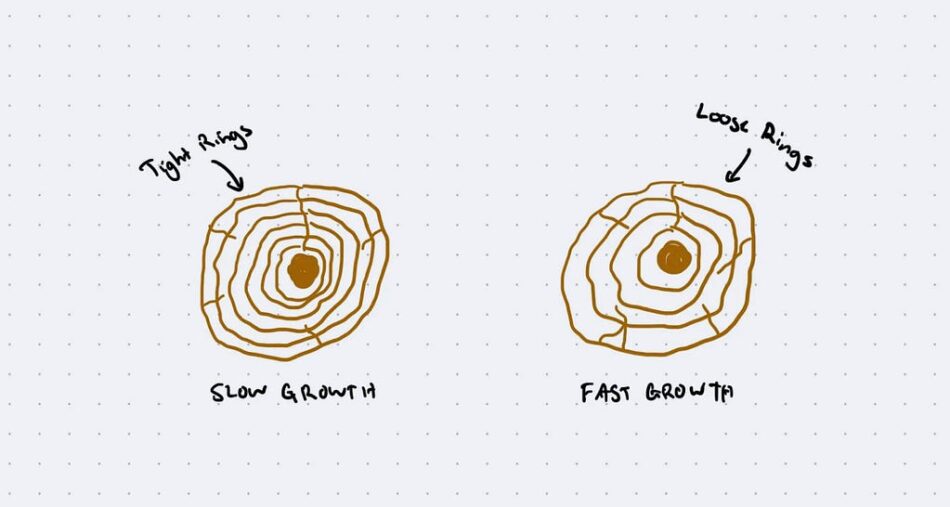Weekly curated resources for designers — thinkers and makers.
“Today’s pine trees are bred to grow fast to meet the demands of modern lumber production. They mature in about half the time, but with far fewer growth rings. And those rings matter. Fewer rings mean weaker lumber. The fibers are looser, the boards are lighter, and the structural integrity just isn’t the same.”
A case for slow growth →
By Jon Daiello
HTML to Design becomes the fastest MCP server for Figma →
[Sponsored] Plug in Claude or Cursor AI and create or edit your designs directly in Figma — no switching, no copy-paste. Just pure speed and flow. Save hours. Build smarter.
Editor picks
Designing for emotional residue over functional outcomes →
Why design’s most human contribution is now its most strategic advantage.
By Peter BarberHealthcare needs interior decorators →
Why you need to be an interior decorator of perception.
By Himanshu BharadwajDesign isn’t dead. You sound dumb →
The problem of clueless critics, inflated egos, and AI panic.
By Nate Schloesser
The UX Collective is an independent design publication that elevates unheard design voices and helps designers think more critically about their work.
The People’s Graphic Design Archive →
Make me think
No code is dead; long live vibe coding →
“Natural language is proving to be a more powerful interface than drag-and-drop WYSIWYG editors. And most importantly, people don’t want to be locked into proprietary runtimes. They want actual code. They want control. They want to scaffold, edit, and deploy anywhere.”How to hire →
“Established talent presents problems. They come with fixed ideas. They’ve developed methods at previous jobs and don’t want to change them. They believe they know the ‘right way’ to do things, which often conflicts with how your team works.”The precise language of good management →
“The most common example of imprecise language is when someone asks you in a 1:1 ‘how am I doing?’ Very few managers are ready to answer this question well on the spot. But managers answer the question anyway and often say things like: ‘Oh you’re doing well, communication could improve a bit but overall you’re doing well.’”
Little gems this week
DesignShift: from mindset to access →
By Ida Persson
There’s always more pie →
By Trip Carroll
The 500-year-old underdog no one is talking about →
By Rosie Hoggmascall
Tools and resources
10 Figma hacks I wish I’d known earlier →
Smart design shortcuts that make your workflow faster.
By nurXmedovI finally understand what FAANG wants in a candidate →
6 rules on “how to tango” in interviews.
By Rita Kind-EnvyTesting your UX ideas with vibe coding →
How UX designers can use AI app builders to their advantage.
By Allie Paschal
Support the newsletter
If you find our content helpful, here’s how you can support us:
Check out this week’s sponsor to support their work tooForward this email to a friend and invite them to subscribeSponsor an edition
Slow growth, emotional residue, 10 Figma hacks, from idea to vibe coding was originally published in UX Collective on Medium, where people are continuing the conversation by highlighting and responding to this story.





